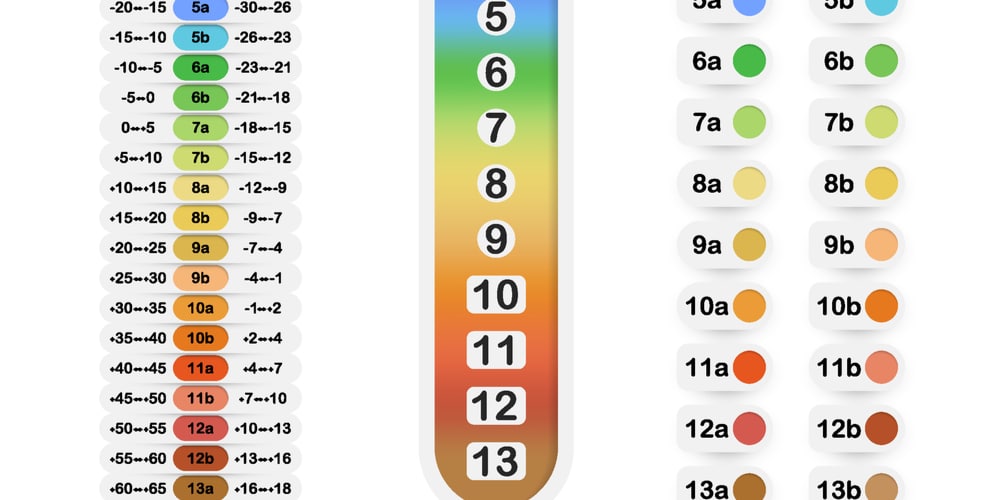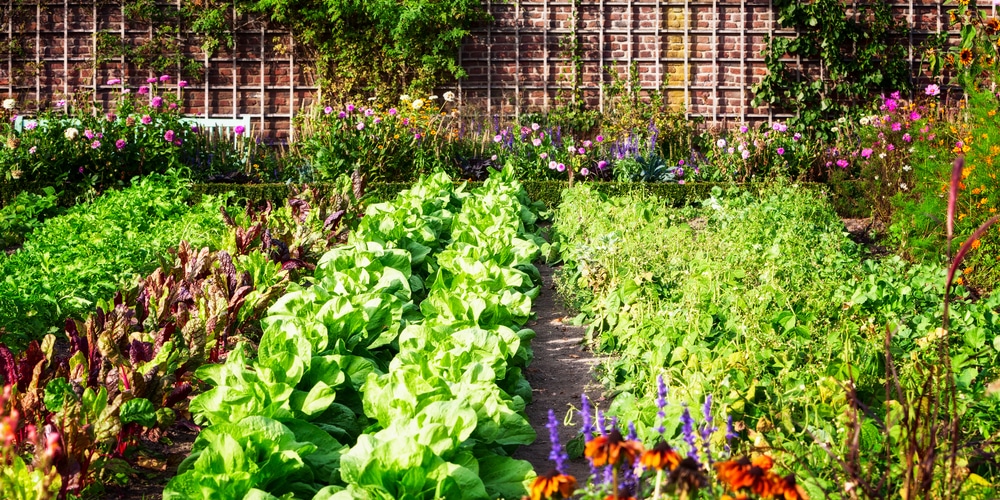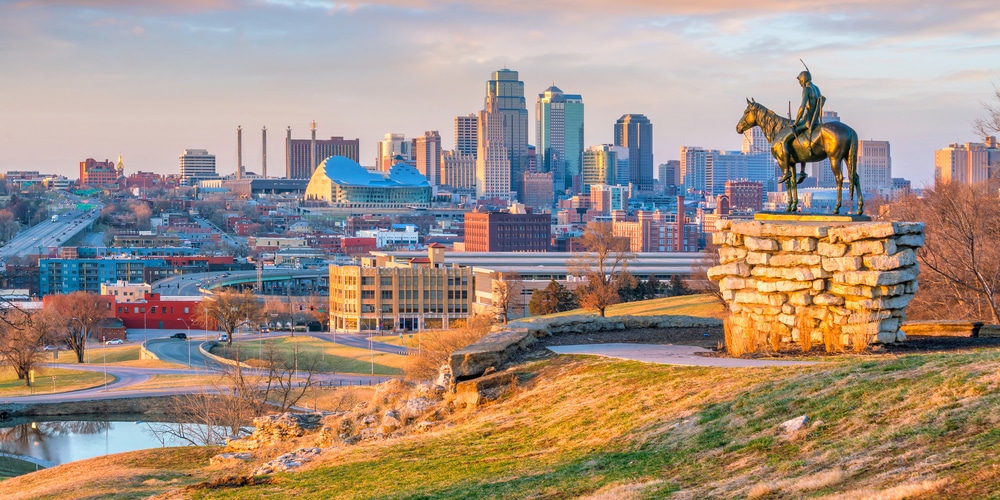The direct answer to this question is zone 6 out of the 13 zones. However, before we detail the Kansas City Hardiness zone, let us briefly describe what a hardiness zone is and why it is essential.
What Hardiness Zone is Kansas City Mo In: Understanding Plant Hardiness Zones

A hardiness zone map is a standard guide developed by the United States Department of Agriculture. The map divides different areas of the country into 10-degree Fahrenheit zones based on the average minimum winter temperature. Typically, the lower the zone number, the lower the temperatures in the zone. Therefore zone 1 is the coldest, whereas zone 13 is the hottest. This information is vital to growers and gardeners as it helps them identify plants that are most likely to thrive in their area.
Hardiness zones are subject to change. Currently, trends indicate that hardiness zones in the U. S. are moving towards the north at 13 miles every decade. This means that the average minimum temperatures in winter shift by half a zone warmer since the last review in 1990.
Difference between plant hardiness zones and climate zones.
Both hardiness zones and climate zones geographically divide areas according to the climate. However, hardiness zones help in determining where certain plants will thrive. On the other hand, climate zones divide the earth according to climate, average temperature, vegetation, and air pressure. These four main zones are; temperate, tropical, subtropical, and arctic.
Related article: When to plant tomatoes in Missouri
Kansas City Hardiness Zone
Kansas City is known to experience pretty warm temperatures in the summer and lows of up to 0 to 10 degrees in the winter. Although the area is considered zone 6, some gardeners and horticulturists remain somewhat reserved on the type of plants to go for and prefer to work with zone 5 plants instead. There is an undeniable controversy over whether Kansas City lies on either zone 5 or 6, causing a disparity between the USDA map and current maps such as the Arbor Day Foundation map. The differences are attributed to the age of data used; the USDA still uses decades of data, whereas today’s mappers use more short-term and recent data.
Additionally, winters in the area appear to grow colder, pushing Kansas City closer and closer to zone 5. The weather also takes a swift shift from hot to cold-causing wild transitions in temperature, which often results in winter plant damage in the area. This means farmers and gardeners have a lot of homework to do with regard to identifying resilient plants to withstand swift changes.
Kansas City’s weather
Kansas City weather is pretty interesting, of course, thanks to how fast things change. The area boasts as one of the most comfortable places in Missouri, with its comfort index approximated to stand at 7.2 (not too far from the best index, which is 10). The most pleasant months in the area are during May, June, and September, whereas the least comfortable ones are January and December.
It is also worth noting that Kansas City attains its highest temperatures (around 89 degrees) at the peak of summer in July and winter lows of about 20 degrees at the beginning of each year in January, mainly in the nighttime. The temperatures in this area can remain at a maximum of up to 33 days annually. Although not often, highs of 90 degrees have been recorded severally, making KC warmer than most places in Missouri.
The city experiences precipitation- rain, snow, hails, or sleet- for approximately 98 days annually. The average rainfall reaches about 42 inches per year and 15 inches of snow per year. In comparison, the US average for rain and snow is 38 and 28 inches, respectively. Most of the year is filled with sunny days- up to 215 days.
Kansas City tends to be uncomfortably humid at times, especially during the summer. Fortunately, humidity( amount of water vapor in the atmosphere) is low most of the time, and the three most humid months are July (the most humid), August, and June.
What Hardiness Zone is Kansas City Mo In: Conclusion
Like most other parts of the world, Kansas City’s climate is most likely to change over time. Over the years, the increased temperatures, extended periods of drought, and frequent flooding continue to be the evidence of a change we are not prepared for. The weather patterns will not remain the same, and perhaps decades from now, the city will land in an entirely different zone. Thus, the answer, “What Hardiness Zone is Kansas City Mo In?” may not stay the same for too long.

